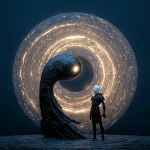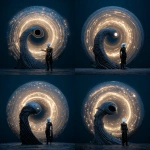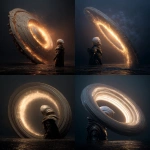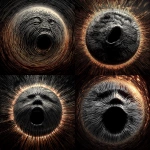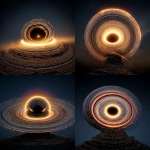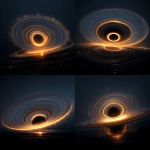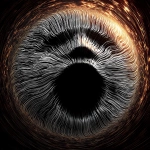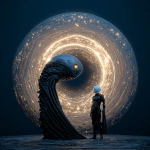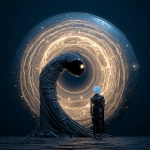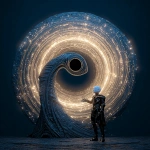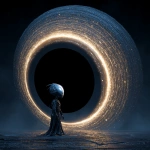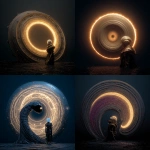Explore the Best AI Image Gallery
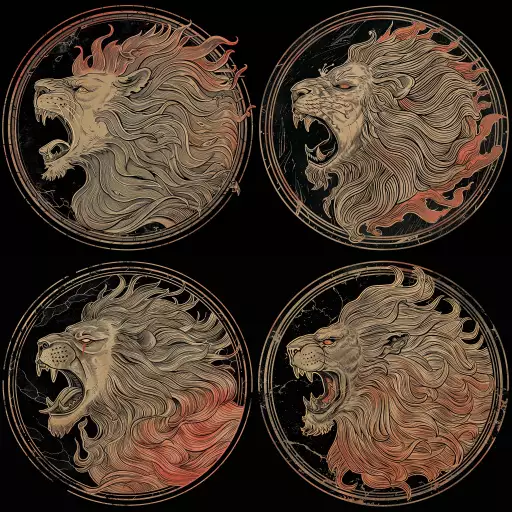
Beyond the Canvas: How AI-Generated Visual Content is Transforming Creativity
The realm of creativity has always been a space where human imagination reigns supreme. But with the advent of sophisticated artificial intelligence (AI), particularly in the realm of visual content generation, the lines between human and machine creativity are becoming increasingly blurred. AI-powered tools can now generate stunning images, videos, and even 3D models, opening up a world of possibilities for artists, designers, and anyone seeking to express themselves visually.
The Creative Potential Unleashed
AI-generated visual content offers a plethora of applications across various industries.
- Art and Design: AI can assist artists in generating novel concepts, exploring different styles, and even co-creating artwork. Imagine an artist using AI to brainstorm design elements for a mural or to generate variations on a particular theme.
- Marketing and Advertising: Businesses can leverage AI to create personalized marketing materials, dynamic website visuals, and engaging social media content. The ability to tailor visuals to specific target audiences opens up exciting new avenues for marketing campaigns.
- Entertainment: From generating realistic special effects in films to creating immersive virtual reality experiences, AI is transforming the entertainment industry. Imagine AI-powered tools assisting game developers in designing intricate worlds or generating character animations.
The Ethical Landscape
While the potential of AI-generated visual content is undeniable, it also raises important ethical considerations:
- Copyright and Ownership: Who owns the copyright to AI-generated content? Is it the creator of the AI algorithm, the user who provides the input, or the AI itself?
- Bias and Representation: AI algorithms are trained on massive datasets, which may contain biases that reflect existing societal prejudices. This can result in AI-generated content that perpetuates harmful stereotypes or lacks diversity.
- Authenticity and Trust: The ability to create highly realistic visuals raises concerns about the potential for manipulation and deception. It becomes increasingly difficult to discern what is real and what is AI-generated, which can erode trust in media and information.
Future Trends
The field of AI-generated visual content is rapidly evolving. We can expect to see:
- More sophisticated algorithms: Continued advancements in AI will lead to the creation of even more powerful and versatile tools capable of generating increasingly realistic and nuanced visuals.
- Increased accessibility: As AI technology becomes more accessible, more individuals will be able to leverage its creative potential, regardless of their technical expertise.
- New forms of artistic expression: AI-generated content will undoubtedly inspire new forms of art and creativity, blurring the boundaries between human and machine imagination.
The integration of AI into the creative process is a transformative phenomenon. While it presents both exciting opportunities and ethical challenges, one thing is certain: AI-generated visual content is here to stay, and its impact on the world of art, design, and beyond will continue to be profound.

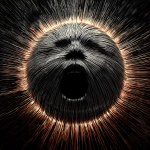
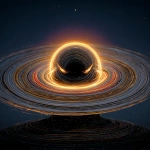

](https://images.ai-img.art/thumbnails/150/62dee1effeb677492e9eb31757a5d6c9ea9f1010c26733e1980579df8e9fe333.webp)




